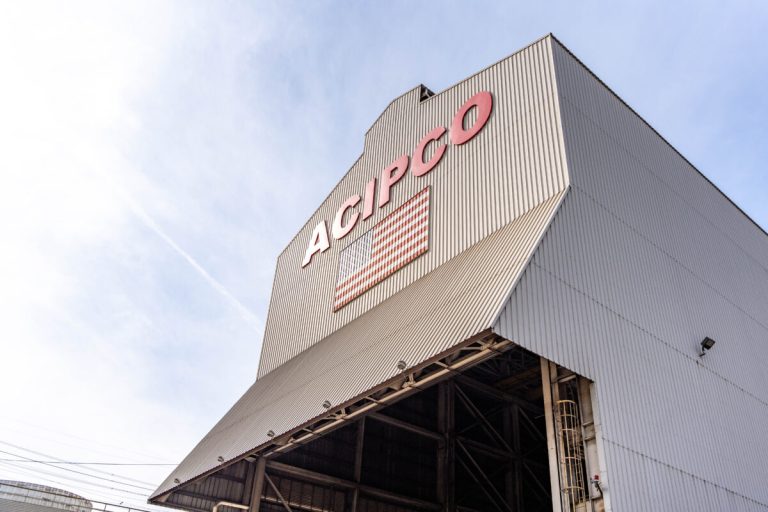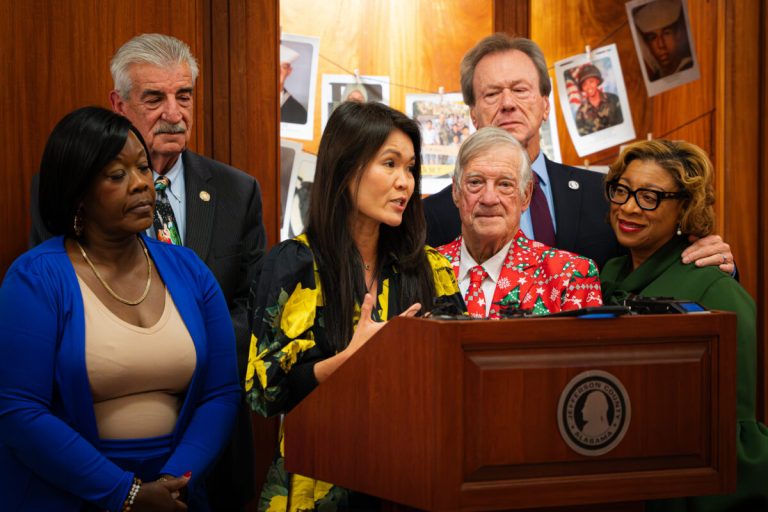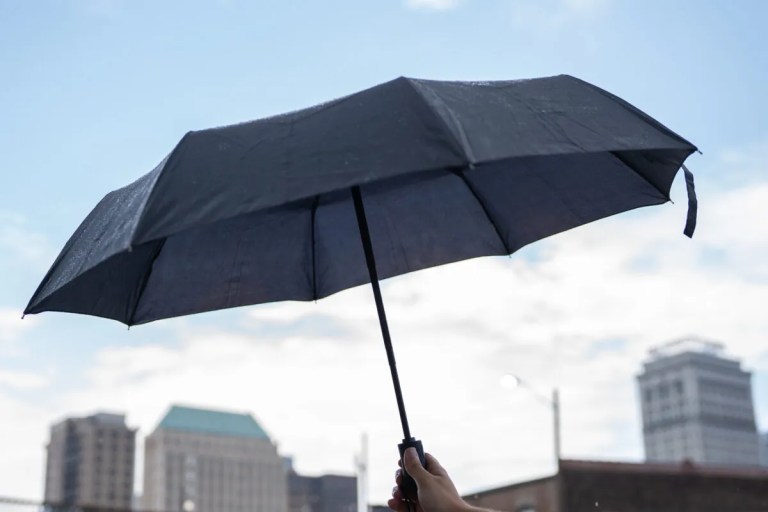Why does UAB care about reducing “drive alone” cars on campus? $40 million parking decks, air pollution and much more
Reading time: 4 minutes
Sponsored

In 2015, UAB conducted a comprehensive study asking students, faculty, staff and employees how they traveled to and from the campus each day.
Their findings?
The university discovered that 88% of employees and 83% of students surveyed drive alone in their car.
As a result of that study, UAB has made reducing its dependance on the automobile a major component in its new sustainability strategic plan and parking and transportation plan, which aim to transform the university’s academic and medical campus by the year 2025.
Leading the way
UAB Transportation, led by Director André Davis, will drive the implementation of the transportation part of the strategic plan. Along with Davis, Brian Atkinson, UAB program manager for Transportation Demand Management (TDM), will help make the plan goals a reality. Formerly the outreach manager at the Regional Planning Commission of Greater Birmingham’s Commute Smart program, Atkinson is uniquely qualified to take on the challenge of reducing UAB’s “drive alone” rates. For years, he has been one of Birmingham’s leading advocates promoting carpooling, transit and creative transportation alternatives.
“My job is really more about getting people to, from and around UAB as efficiently and as effectively as possible. It’s hard to do that without reducing the number of single-occupant vehicles,” said Atkinson.
Why does UAB care about reducing “drive alone” rates?

There are many reasons why UAB should care about drive alone rates, including increasing population wellness, reducing air pollution and making better financial decisions.
Active transportation modes such as walking and bicycling are much healthier and have proven to reduce health care costs. Recent studies have also shown that increased investments in public transportation infrastructure may help reduce obesity, which is a chronic problem in Birmingham and Alabama.

The number one source of air pollution is transportation, in the form of carbon dioxide driven largely by single-occupancy vehicles. Reducing air pollution from cars is also valuable economically, since Birmingham still must meet air quality standards for ozone and particulate pollution to locate new or expand certain industries.
UAB is strategically adding parking – including decks – for its growing population after three years of record student enrolment. Just this past fall, the institution added more than 1,000 students.
What is the cost of a parking deck? According to recent estimates, about $40 million or $30,000 for each parking spot.
“We have an obligation to make sound financial decisions, and part of that process is ensuring we’re providing our customers with really good alternatives to driving and parking on campus,” Atkinson said. “Having diverse transportation options is crucial to cutting down on the drive alone rates and being attractive to students and professionals.”
Partnerships – Teleworking, Zipcars, Zypbikes and Public Transit

UAB Transportation efforts are based on partnerships within the university and outside its 100=block area.
Those partnerships include the City of Birmingham, Regional Planning Commission, Birmingham-Jefferson County Transit Authority, businesses and neighborhood leaders. One such opportunity is the newly announced Birmingham Rapid Transit System called Birmingham Xpress. This service will provide transportation to neighborhoods surrounding UAB in 15-minute intervals during peak periods. During off-peak hours and weekends, it will run in 30-minute intervals.
UAB also has partnerships with Zyp BikeShare, ZipCar and carpooling programs.
“Investing in many different modes of transportation benefits not only UAB but also the city at large,” Atkinson said. “The decisions UAB makes are not made in a vacuum, and it’s through innovative and creative solutions in concert with our partners that everyone in the community can see a better quality of life.”
Leading by example

For all of these sustainability and transportation initiatives to be successful, Atkinson recognizes the importance of leadership from the top of a company or in this case UAB’s administration.
“I have worked with hundreds of different employers in and around the Birmingham metro area. For these programs to be successful, it has to start at the top. Our leadership fully supports our plan and initiatives and that’s the kind of leadership you really need.”
Through its sustainability strategic plan, parking and transportation plan, partnerships with the community and creative initiatives, UAB is working to transform from car-dependent transportation to a more efficient, healthier and sustainable network.
Sponsored by:




